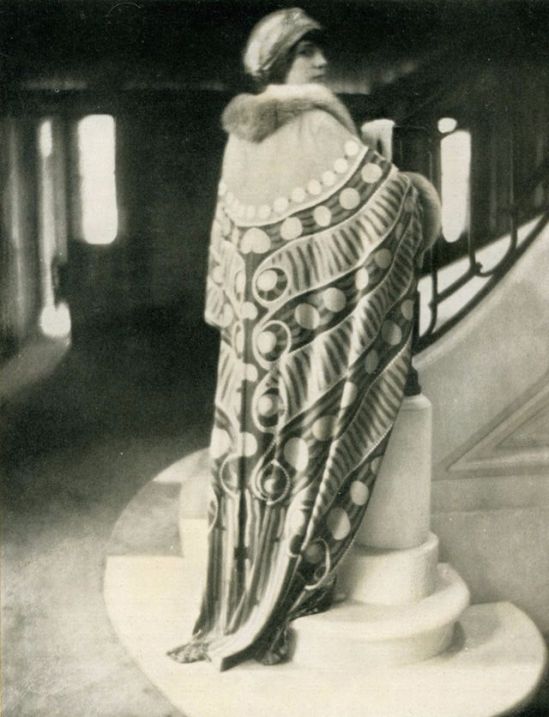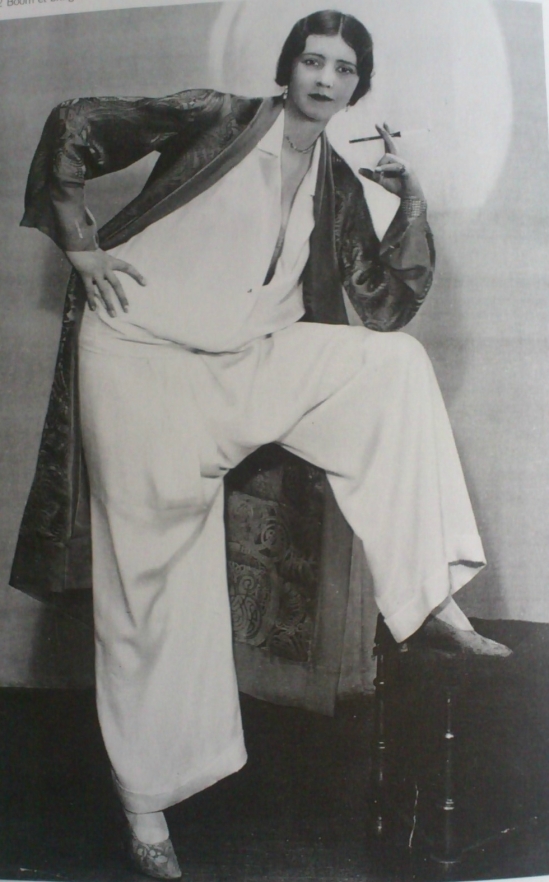In 1911, publisher Lucien Vogel dared photographer Edward Steichen to promote fashion as a fine art in his work. Steichen responded by snapping photos of gowns designed by leading French fashion designer Paul Poiret, hauntingly backlit and shot at inventive angles.
The photographs were published in the April 1911 issue of the magazine Art et Décoration. According to historian Jesse Alexander, the occasion is:
“now considered to be the first ever modern fashion photography shoot,”
The garments were imaged as much for their artistic quality as their formal appearance

Edward Steichen, L’Art de la Robe by Paul Poiret in Art et Décoration, 1911 via

Edward Steichen, L’Art de la Robe by Paul Poiret in Art et Décoration, 1911 via

Edward Steichen, L’Art de la Robe by Paul Poiret in Art et Décoration, 1911 via

Edward Steichen, L’Art de la Robe by Paul Poiret in Art et Décoration, 1911 via

Edward Steichen, L’Art de la Robe by Paul Poiret in Art et Décoration, 1911 via

Edward Steichen, L’Art de la Robe by Paul Poiret in Art et Décoration, 1911 via

Edward Steichen, L’Art de la Robe by Paul Poiret in Art et Décoration, 1911 via

Edward Steichen, L’Art de la Robe by Paul Poiret in Art et Décoration, 1911 via

Edward Steichen, L’Art de la Robe by Paul Poiret in Art et Décoration, 1911 via









